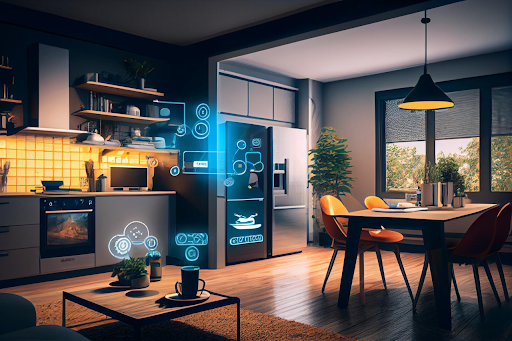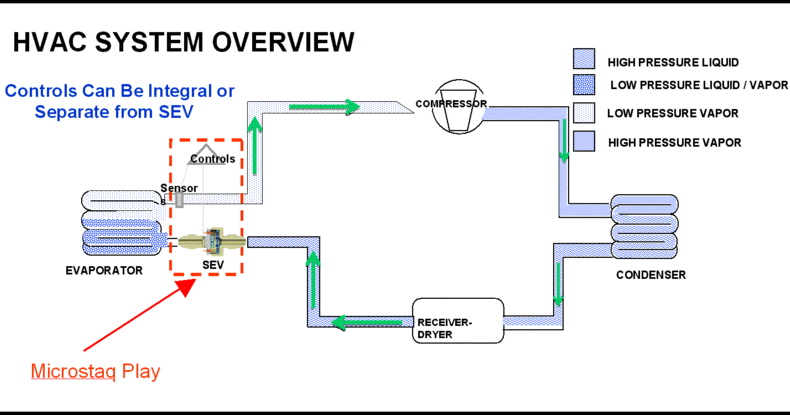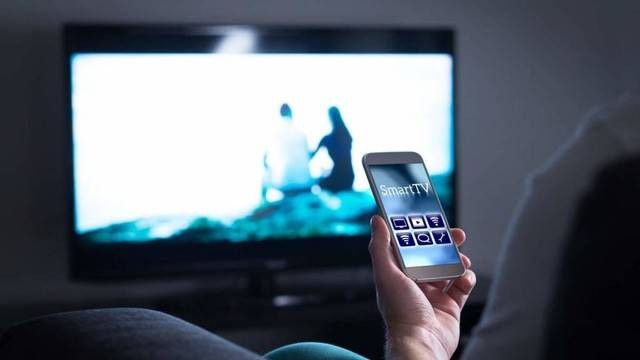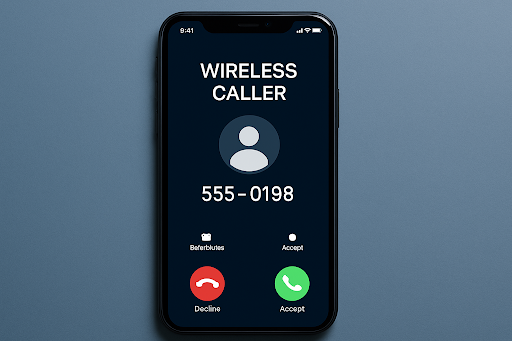
Smart home interior design has evolved far beyond looks; it’s now about creating spaces that think, adapt and connect seamlessly with the digital world. The article looks into the latest definition of smart interior design, outlines its most important features, highlights new trends and offers helpful advice for home builders and interior designers.
We will examine the smart home trend, focusing on how technology helps improve our comfort, support sustainability and make our lives more individualized today and in the near future.
What Is Smart Home Interior Design?
Interior design for smart homes means including intelligent technologies in the layout, materials, and systems of the home for greater convenience, safety, efficiency, and aesthetics. It is building a home right from scratch (or retrofitting it) in support of a set of interrelated functions: automation, voice control, energy monitoring, and interconnected systems, instead of just the installation of gadgets.
While traditional design is more concerned with form and function, smart design is more concerned with flexibility, interaction, and a personalized approach. Picture lighting responding to your mood or the time of day, thermostats that learn your schedule, or furniture that wirelessly charges your devices
Smart Home Interior Design: Discover how to seamlessly blend smart technology with modern decor for a stylish, functional, and connected living space that enhances comfort, security, and convenience..
Integration of Technology and Design
Essentially, smart interior design brings together architecture, engineering and technology into a single area. Putting technology in every room isn’t ideal; it should be blended with care to boost daily activities. Today, interior designers team up with technology experts to ensure that Alexa or similar products are part of the overall plan.
Key Elements of Smart Home Interior Design
1. Smart Lighting
How we light our areas influences our mood, our productivity and helps us save energy. In the near future, every home is expected to include smart lighting. These systems allow you to:
- Control brightness and color temperature through apps or voice assistants.
- Set schedules and scenes (e.g., “relax,” “focus,” or “movie night”).
- Integrate natural light using motorized blinds or skylights with sensors.
Pro tip: Choose layered lighting designs “overhead, accent, and ambient” paired with smart controls for flexibility and beauty.
2. Automated Climate Control
These thermostats are designed to learn from what you do and how you use them. Many modern HVAC systems pair with sensors in doors and windows to minimize power usage and increase comfort.
Design Tip: Hide vents and smart thermostats within minimalist wall panels or behind art to maintain aesthetics.

3. Integrated Entertainment Systems
Home theaters, speakers, and streaming setups can now be concealed or incorporated into the design. Ceiling speakers, retractable projector screens, or TVs that double as art (like Samsung’s The Frame) are top choices for modern interiors.
4. Voice & App Control Integration
Most voice assistants feature music control and remote light-switching. Taking care of sound leakage and locating speakers is important for sound engineers.
5. Smart Furniture
2025 has brought furniture that doesn’t just sit pretty. It does something. Coffee tables with built-in coolers, side tables with wireless charging, and adjustable smart beds are popular.
Design Tip: Opt for modular, multi-functional pieces to support flexibility and sustainability.
6. Home Security and Monitoring
Interior design now accounts for doorbell cameras, motion sensors, and surveillance hubs. The placement of such elements helps ensure aesthetics and function align.
7. Energy Efficiency & Sustainability
Eco-friendly homes typically have solar-powered blinds, energy systems and smart plugs. Many designers are selecting environmentally friendly materials and safe paints that support green technology.
Smart Design Trends in 2025
1. Minimalism Meets Technology
Less is more—but smarter. Expect cleaner lines, neutral palettes, and hidden tech. Cabinets with touch sensors, invisible speakers, and under-counter lighting help maintain a sleek look.
2. Mood-Adaptive Interiors
Using AI and sensor data, some homes now adjust lighting, scent, and sound based on emotional cues or biometric feedback. It’s personalization at its finest.
3. Tech-Integrated Kitchens
Knowing what ingredients you have, smart refrigerators recommend suitable meals to cook, while faucets are being activated by voice alone. Expect to see design elements that combine clean surfaces with smart panels and appliance hubs.
4. Home Wellness Zones
Meditation rooms with ambient lighting, air purifiers, and sound therapy devices are a growing trend. Interior design now supports wellness technology by ensuring harmony between design and digital comfort tools.
5. Augmented Reality in Design Planning
Clients can use AR apps to walk through their future smart homes before construction begins. This trend enhances collaboration between tech consultants and interior designers.
Best Tips for Smart Home Interior Design in 2025
1. Design with Tech in Mind from the Start
Incorporate technology during the first stages of design to address any potential retrofitting issues. Think about the electrical wiring, your Wi-Fi connection and how to power your devices.
2. Prioritize User Experience
Technology is meant to make our lives simpler. Pay attention to devices that are not complicated for anyone to handle inside your home.
3. Hide the Hardware
Visible tech can ruin an elegant design. Use cabinetry, wall niches, or artistic covers to conceal routers, panels, and cords.
4. Choose Interoperable Systems
Get the necessary equipment for situation awareness. Apple HomeKit, Samsung SmartThings and Matter now make it possible for devices from different brands to communicate.
5. Think Long-Term and Modular
Tech evolves fast. Invest in systems that are upgradeable and consider modular designs for furniture and layout.
6. Secure Your Smart Home
Design should consider not only physical but also digital safety. Add secure zones for hubs and use multi-layer authentication for systems.
7. Blend Style with Functionality
Work technology into your home in a way that suits your rustic, industrial or modern design. When used properly, materials such as wood and stone go well with modern devices.
Final Thoughts
Smart homes in the future will be designed with harmony in mind. It is about blending old-fashioned style with new technology. Since digital solutions now make our homes safer, more comfortable and entertaining, our homes should also feel cozy, inviting and have a sense of personality.
A smart space, whether in a studio or a luxury residence, should look as attractive as it is practical. A home that lasts through the future should be built with a plan and with consideration for what may come.
FAQs
What exactly does smart home interior design involve?
Clever integration of lighting, climate, and security tech into your décor so your home learns and adapts to your lifestyle.
Can I retrofit my existing home with smart interior features?
Absolutely—you can upgrade switches, thermostats, and even furniture with wireless modules without gutting your walls.
How much should I budget for a genuinely smart living space?
Start from just a few hundred dollars for key devices and scale up—your return in comfort and energy savings grows with each smart addition.


